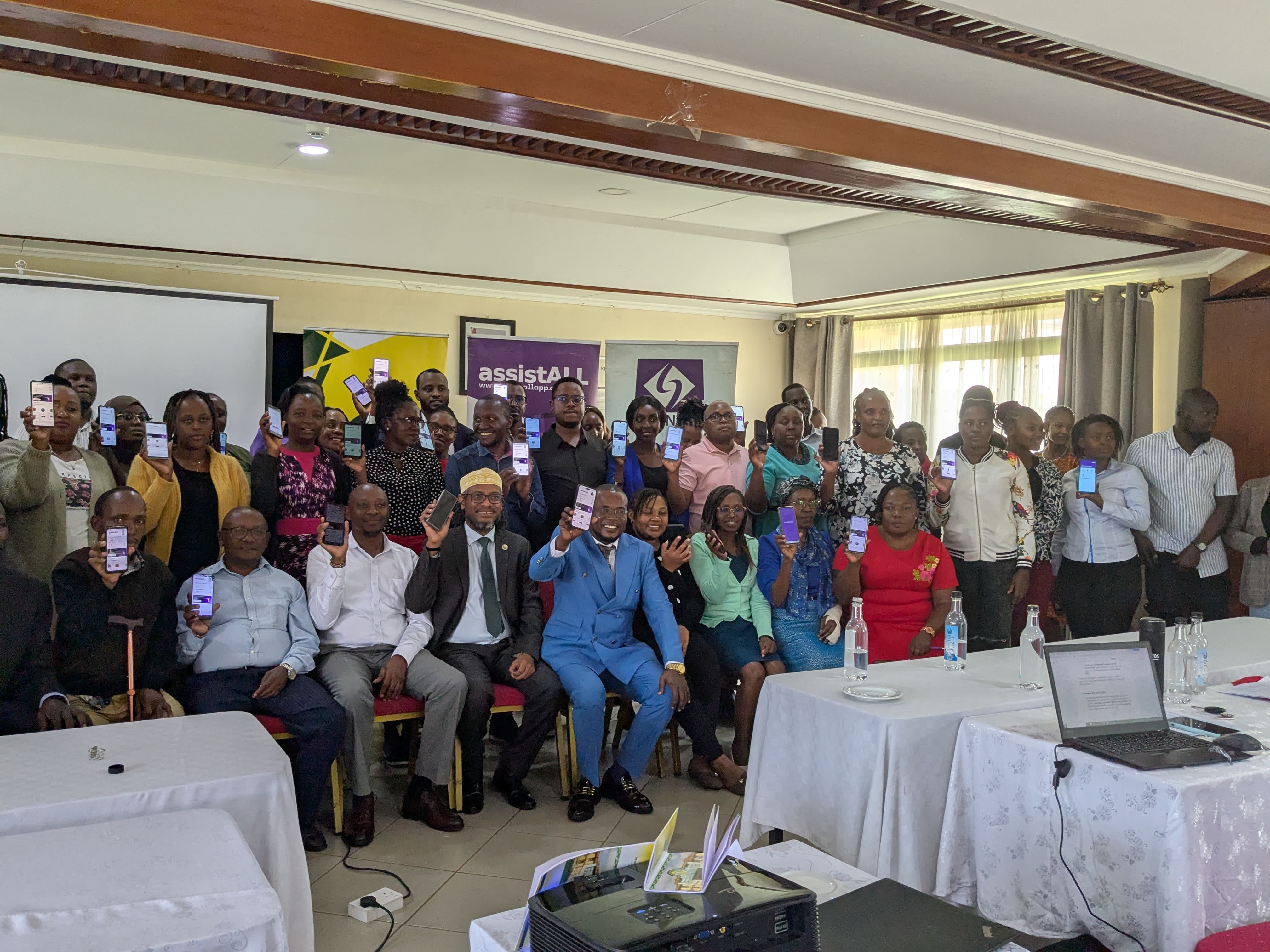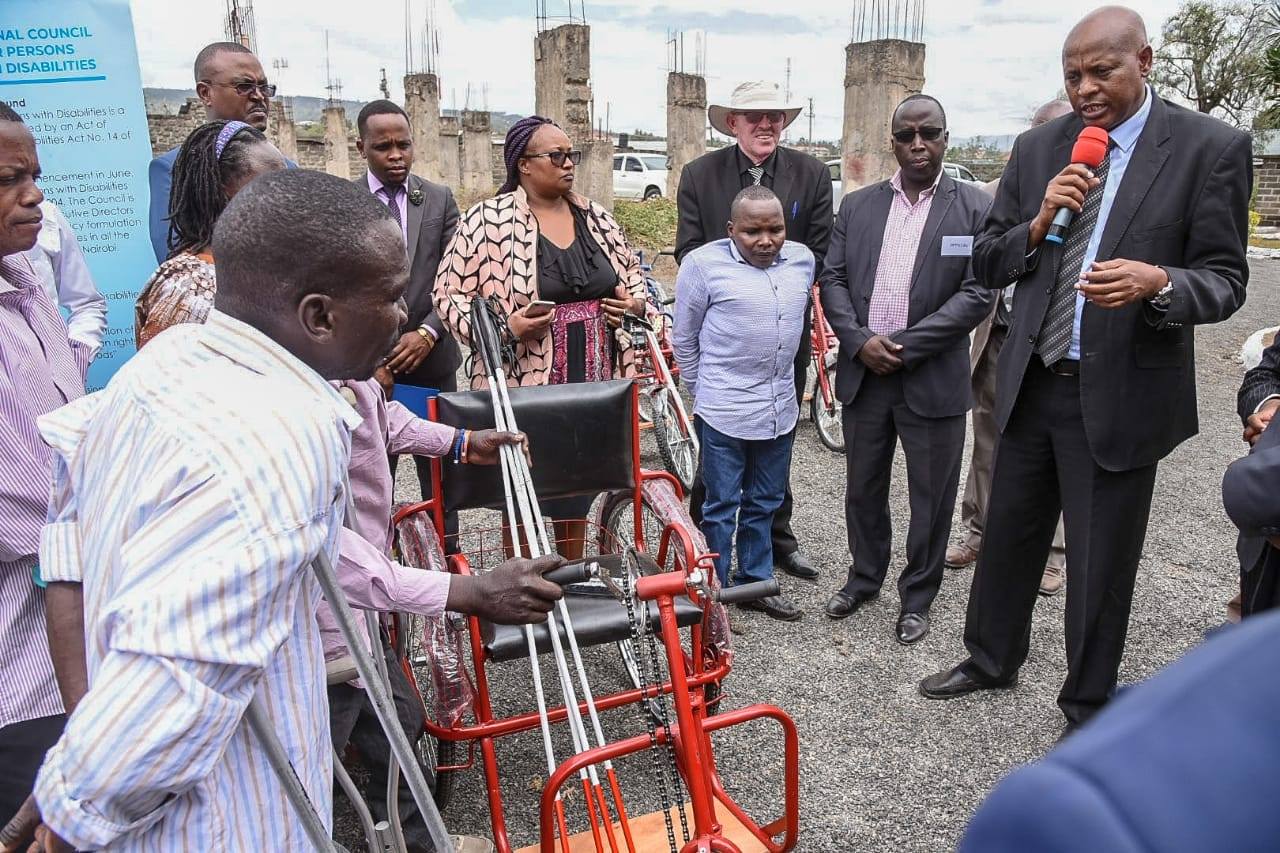Where Technology Meets Empowerment for Persons with Disabilities
Assistive devices are emerging as catalysts for transformative change, not only enhancing the lives of persons with disabilities but also reshaping societal norms and fostering empowerment. From ingenious smart devices indicating a new era of autonomy to cutting-edge mobility aids, revolutionary communication tools, and even groundbreaking beauty innovations, the forefront of assistive technology is painting a vibrant portrait of inclusivity and empowerment.
Smart devices have become widespread in our lives, and their transformative potential extends far beyond convenience. For persons with disabilities, these devices represent newfound independence. Voice-activated assistants, such as Amazon's Alexa and Apple's Siri, have transcended basic tasks, enabling individuals to control their environments, schedule appointments, and even communicate with loved ones through voice commands.
Furthermore, advancements in home automation have made it possible for people with disabilities to manage household tasks with ease. Smart thermostats, lighting systems, and security cameras can all be controlled remotely, enhancing accessibility and convenience.
Traditional mobility aids like wheelchairs and canes are being reimagined with innovative technology. Powered exoskeletons offer a lifeline to those with mobility impairments, allowing them to stand and walk independently. These wearable devices utilize sensors and motors to mimic natural movement, not only providing physical benefits but also boosting psychological well-being by granting individuals a sense of empowerment.
Another remarkable advancement comes in the form of autonomous mobility devices. Self-driving wheelchairs and scooters are being developed to navigate complex environments, granting users greater freedom to explore without relying on assistance.
Communication tools are breaking down barriers for individuals with speech and communication disabilities. Augmentative and alternative communication (AAC) devices have evolved from basic text-to-speech interfaces to sophisticated touchscreens that enable users to express themselves with symbols, images, and even predictive text.
Moreover, eye-tracking technology has opened doors for the deaf and those with physical disabilities. By tracking eye movements, persons with disabilities can select letters, words, and phrases on a screen, which are then synthesized into speech. This breakthrough technology has given a voice to those who were previously voiceless, allowing them to actively participate in conversations and share their thoughts with the world.
In an exciting development, makeup giant L'Oréal unveiled a handheld, computerized makeup applicator called Hapta earlier this year. Designed for persons with disabilities with limited hand and arm mobility, the device revolutionizes the beauty routine. Hapta's intuitive technology precisely applies makeup, allowing users to achieve the looks they desire with ease and confidence. This innovation not only enhances personal expression but also fosters inclusivity within the beauty industry.
The impact of these innovations goes beyond convenience; it's about fostering a sense of dignity, autonomy, and inclusion. Assistive technology challenges societal perceptions of disabilities, highlighting abilities rather than limitations
Tags: Apple Pwds L'Oréal Alexa Siri


